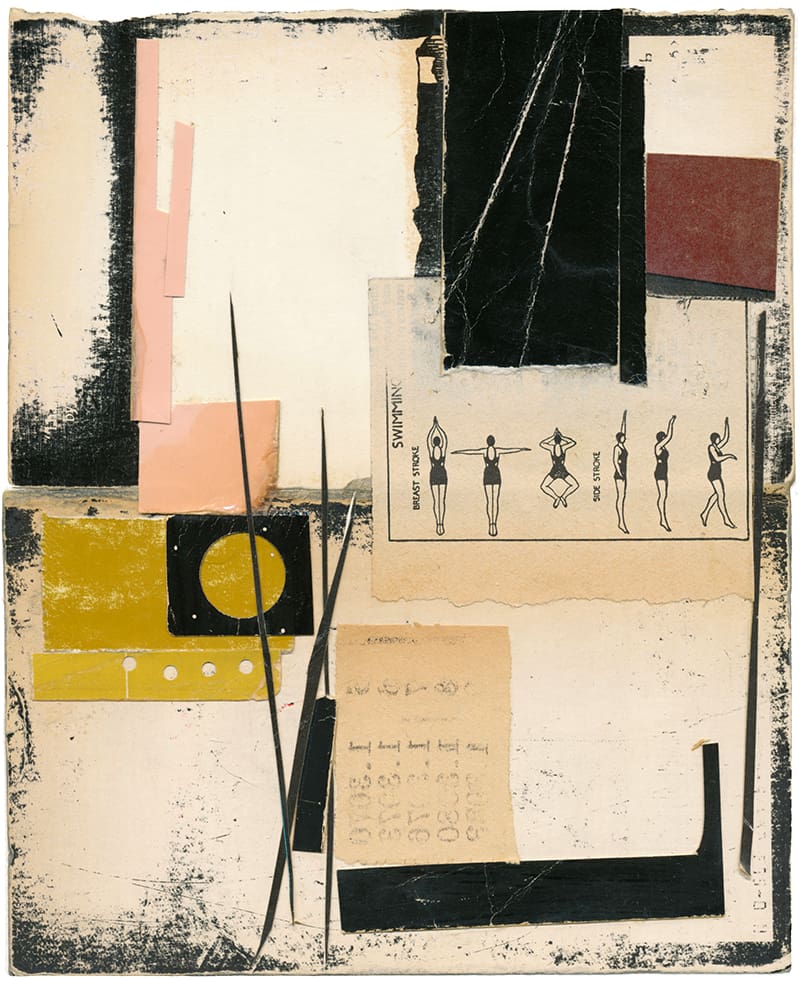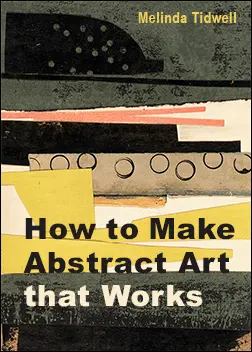Class Description
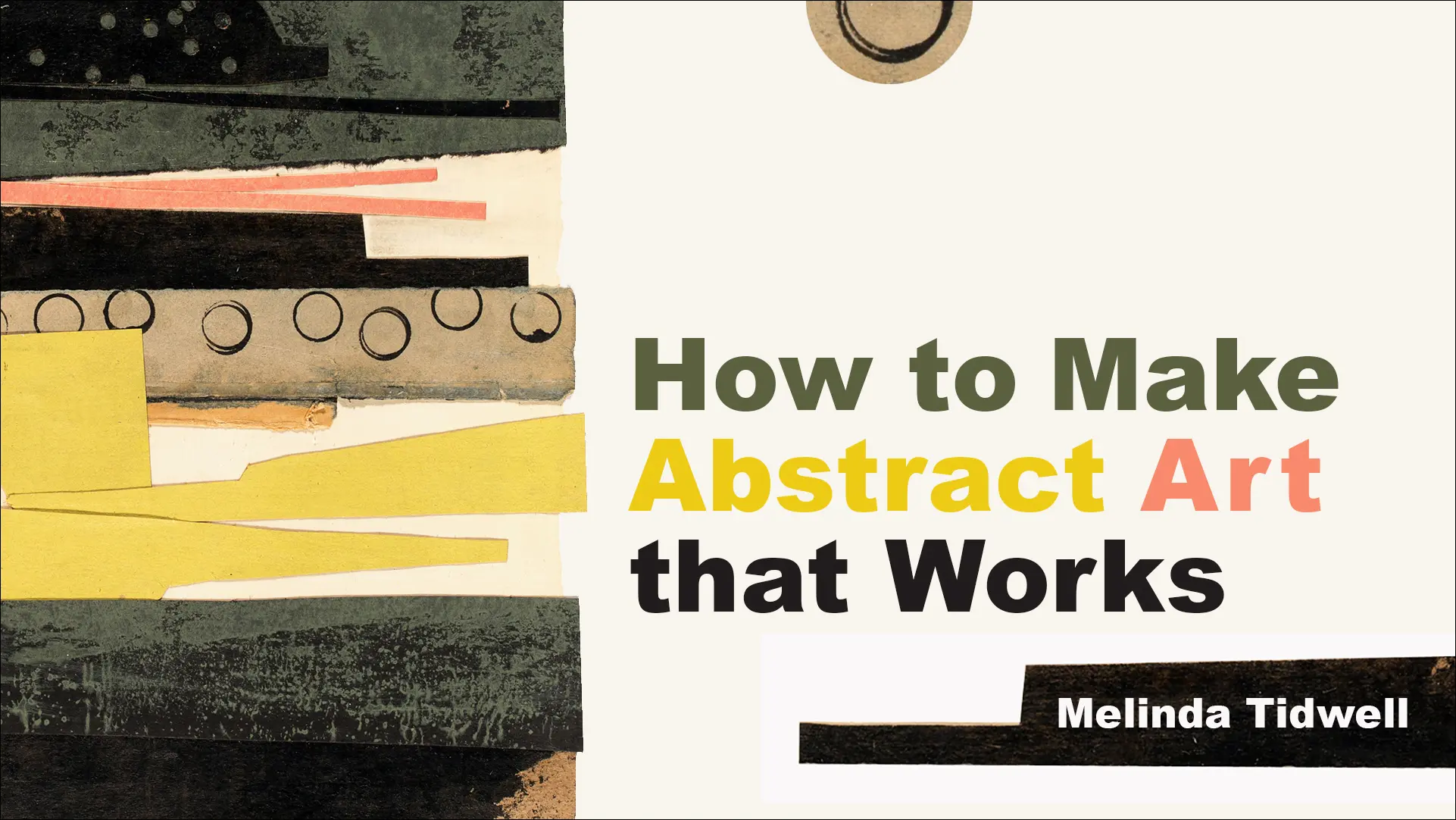
How to Make Abstract Art that Works
Instructor: Melinda Tidwell
When I first began to attempt making “abstract art,” I knew what I liked in museums, but I had no idea how to do it myself. I had taken both drawing and painting classes at college but our work was always representational. I had also taken classes where you just sit down and start painting abstract colors and shapes. I would get this horrible anxiety of just feeling aimless and utterly lost. This is the course I wish I had had to get me started, a primer on abstract composition for art.
My aim is to give you a very supported, linear methodology for developing abstract art. My first tool is a set of organizing Structures to guide your initial layout of elements. You are free to follow these closely, loosely, or not at all. They are there if they help you and have been invaluable in my own process. The second tool is using several of the Principles of Design that are the most essential in creating dynamic and unified compositions. Most of the work in creating abstract art is editing and clarifying your design, iteration after iteration. These principles will guide that refinement.
Our third tool is the collage process, which allows us to quickly rehearse many different arrangements and see their effects. To keep things simple, we are mostly just using painted papers (and line) as our elements. This will really force you to make things like color, shape, size and proximity be the levers you adjust to make interesting harmonies and contrasts happen.
_____________________
Class Itinerary
Lesson 1 – Painting Papers
We will be making collages from found and painted papers. But before we can do that, we need to make those papers! This lesson explores several techniques for creating collage elements using acrylic paint and assorted papers.
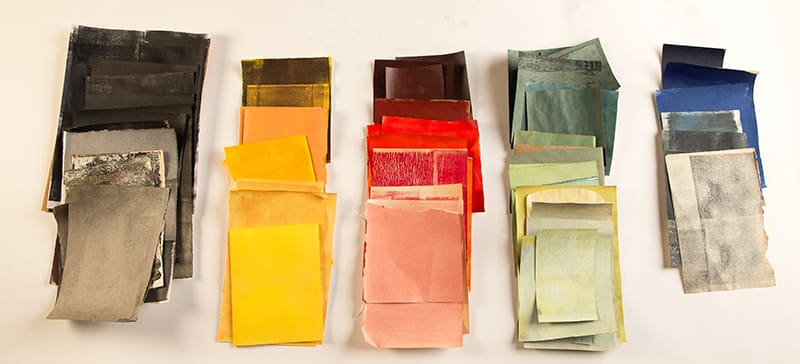
Lesson 2 – Unity and Variety; Grid Structure
In this lesson, I introduce the two most fundamental design principles: Unity and Variety. Your work needs both to be both coherent AND compelling.
I also introduce our first Structure: the Grid, and show you a variety of great pieces of art that use this structure.
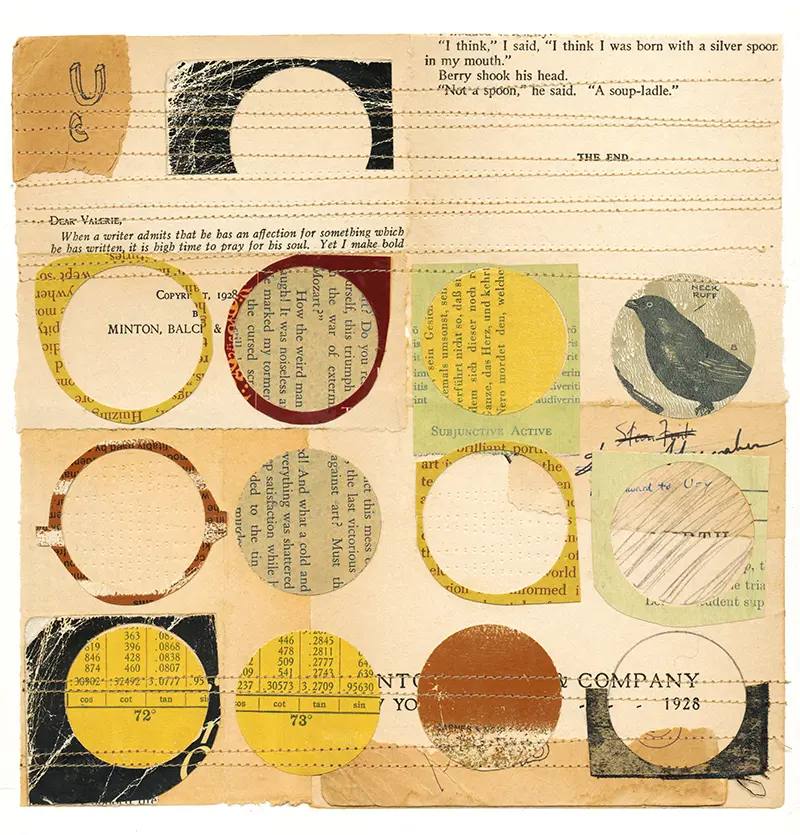
Lesson 3 – Begin with Value; Thirds Structure
In this lesson we look at the primary importance of value, the darkness or lightness of your colors, in a composition. The new structure for this lesson is something I call Thirds. We will be looking at some work by Robert Rauschenberg who used this structure often.
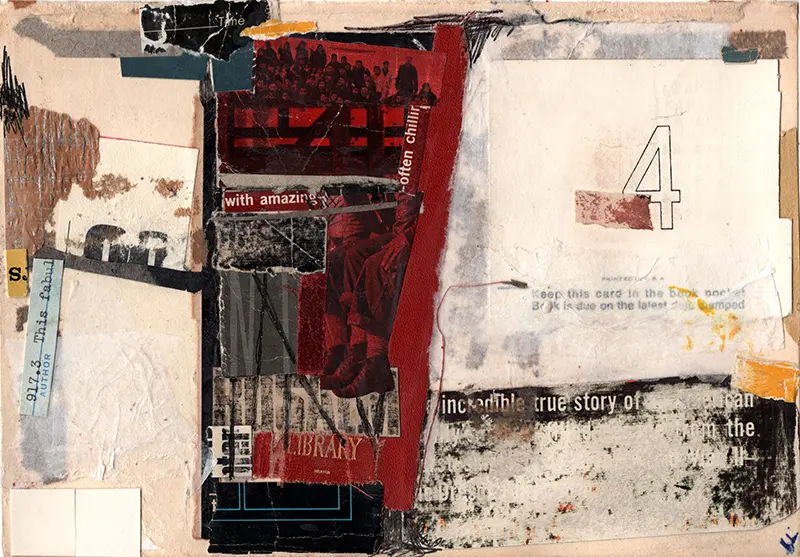
Lesson 4 – What Creates Unity; Strata Structure
For design, we look deeper into the ways you can create more Unity in your compositions. For structures, we work with something I call Strata.
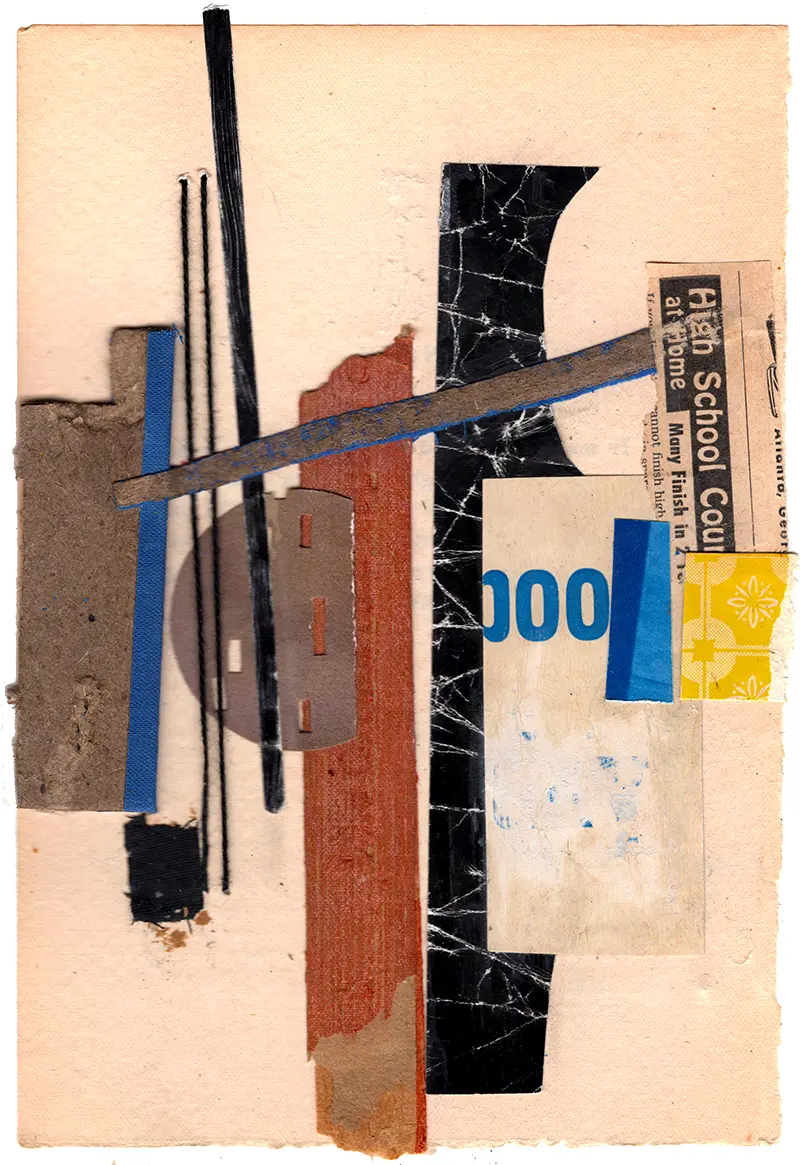
Lesson 5 – Variety, in More Detail; Implied Triangles Structure
Variety is what bring vigor and surprise to your work, and the way we get it is through differences. We will use the Structure of Implied Triangles to explore energizing your work with more variety.
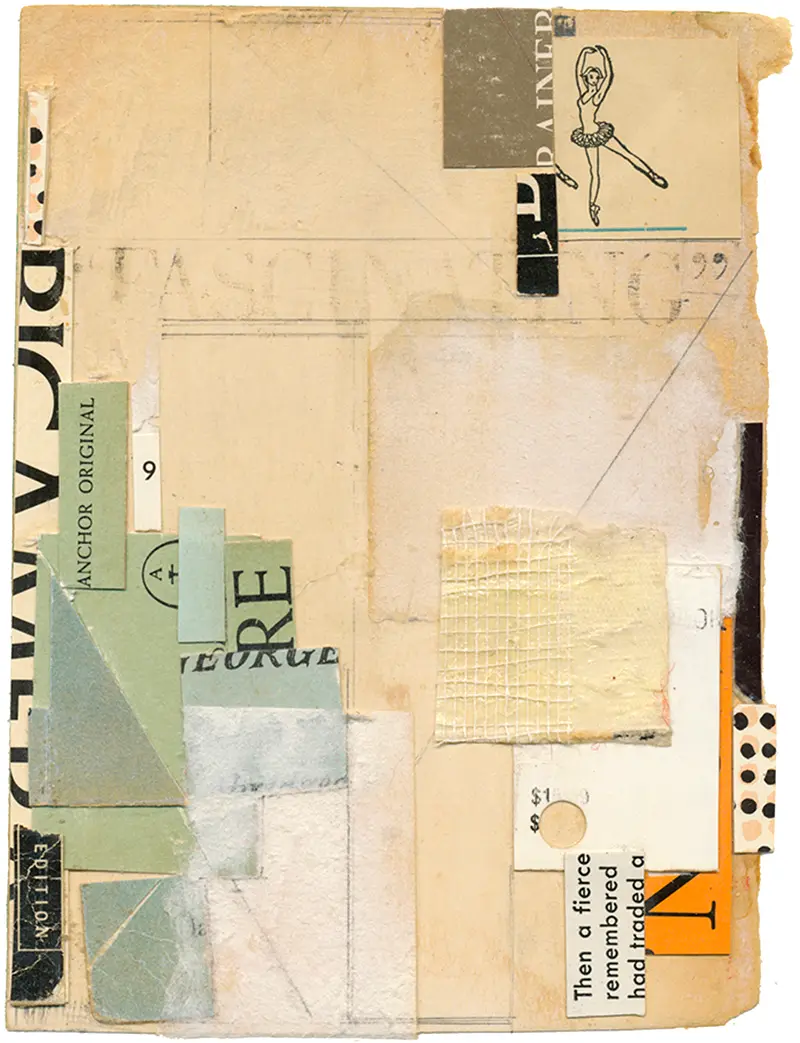
Lesson 6 – The Composition Editing Process
This lesson outlines my methodology for working. We review the design principles we have learned, and then go through some examples of how to edit and strengthen some ailing compositions of mine.
